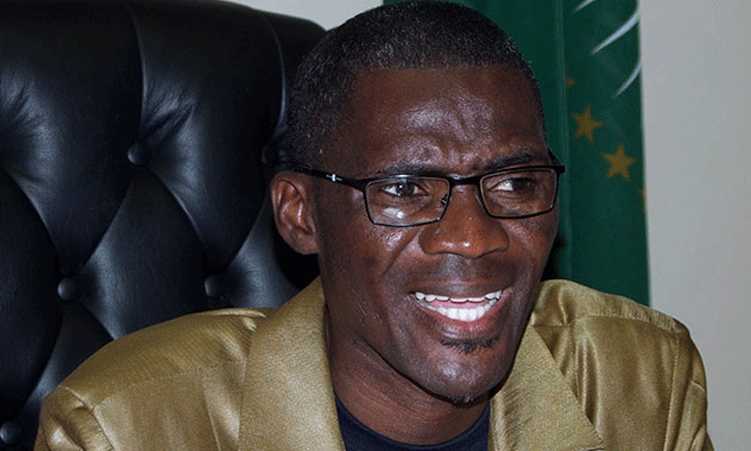Removing the veterinary cordon fence (redline) to unlock lucrative markets for northern farmers would take proper planning.
Omusati regional governor Erginus Endjala says this would ensure that farmers in the northern communal areas (NCAs) fully benefit from the move.
He says while the removal of the redline would unlock lucrative markets for northern farmers, the transition must be managed properly to prevent unintended consequences.
Endjala supports the Cabinet’s proposed feasibility study that will be conducted over the next two years to assess the potential impacts of removing the fence.
He spoke to Desert Radio yesterday.
“I think the idea is to give it a lengthy period. I think it’s better for us now to prepare ourselves.
“We have to do a pre-pilot to see how things will work . . ,” he said.
Considering that those south of the redline are mostly commercial farmers, and those north of it are mostly communal farmers, time must be taken to educate farmers properly, he said.
“We must cooperate on this trial to make sure we rectify what needs to be, and at the same time we also need to educate our communal farmers to integrate with commercial farming,” he said.
Endjala highlighted that many farmers currently do not see the true value of their livestock due to the lack of market access.
“Right now, you may find a farmer with 500 head of cattle, yet he remains among the poorest because he does not have access to markets where he can sell and make money.
“Once the market opens, farmers will realise the value of what they have, and they will take better care of their livestock,” Endjala said.
He said farming in the northern regions is often left to the elderly, as young people see no economic benefit in the industry.
“At the moment, young people feel farming is not profitable. They look after animals, but still lack basic necessities like school shoes. If the market opens, they’ll realise farming can provide a better life and put food on the table,” he said.
Amunius commercial farmer Khuzaatu Uandera welcomes a phased-out removal of the redline.
“In terms of this phased fashion, we were looking at potentially 2027 for that feasibility study to be done . . .
“It’s not a thing you decide on today or tomorrow. You also prepare the farmers. You educate them about the vaccination of animals,” he says.
Uandera urges the government to secure Namibia’s borders with Angola and Zambia as it is critical to prevent the movement of diseased animals.
“We don’t want our cattle going to areas with diseases. The government must repair the borders first,” he says.
The study will determine the budget needed to establish disease-free zones through the construction of new veterinary fences and gates at areas such as Mangetti, Karikubis in the Kavango West region and Tsumkwe in the Otjozondjupa region.
Others are Mangetti East farms in the Kavango West region, Mangetti West, Onalusheshete in the Oshikoto region, the Ombuga area in the Oshana region’s Uuvudhiya constituency, Omutambogomawe in the Omusati region and Sesfontein area in the Kunene region.
Stay informed with The Namibian – your source for credible journalism. Get in-depth reporting and opinions for
only N$85 a month. Invest in journalism, invest in democracy –
Subscribe Now!






